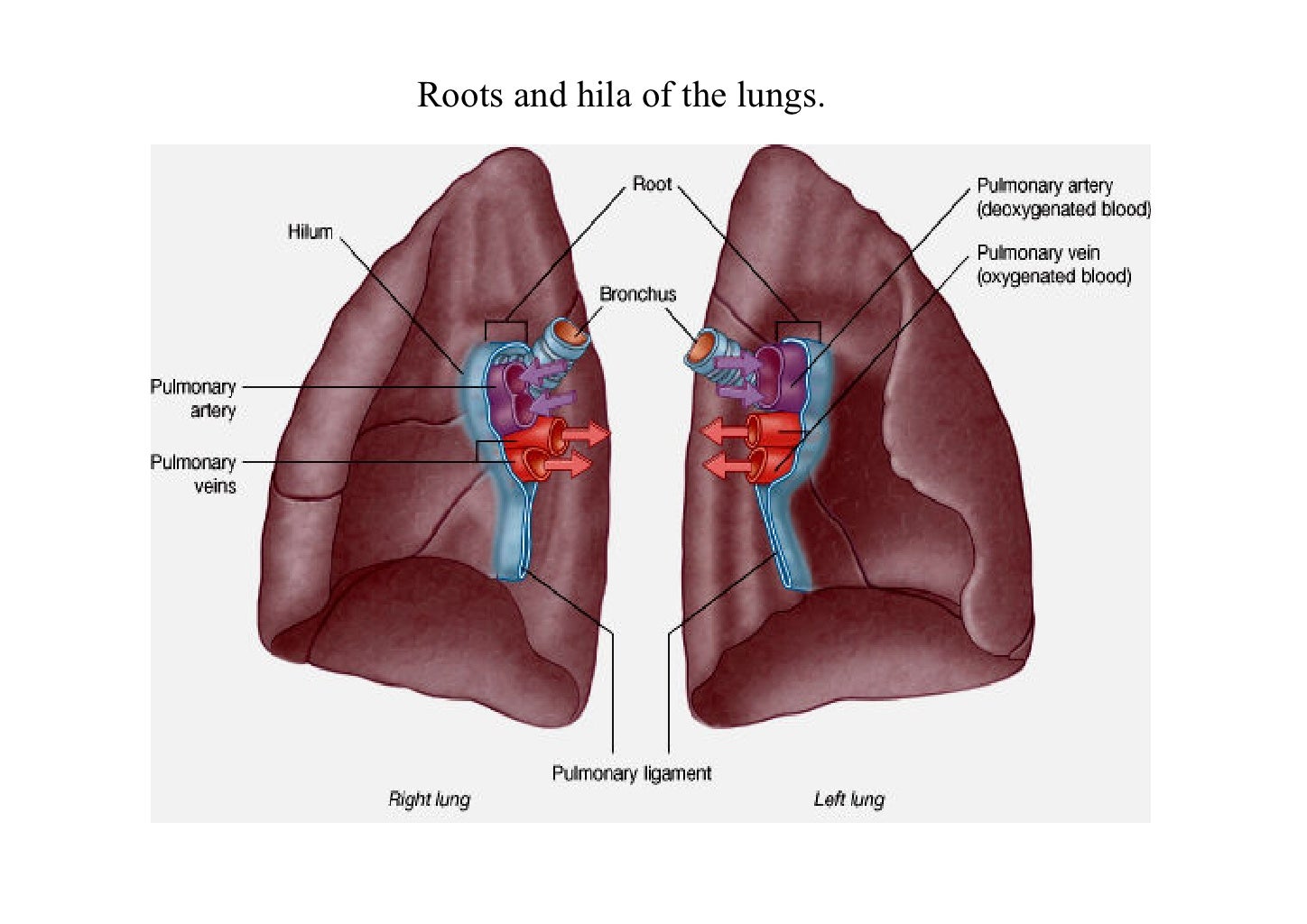
By contrast, the isolation of PV was relatively tricky. Since the PA was relatively robust and resistant to stretching, 7, 8 the isolation could be achieved with ease. Vessel isolation was achieved by gentle and blunt dissection using the forceps tips. The recipient's left lung was pulled out of the thorax with a clamp to expose the AH or PH. In this study, we compared the 2 anastomotic methods of mouse LTx regarding their difficulty, operation time, and postoperative effects to provide guidance for subsequent learners. 5, 6, 7, 8, 9 In 2012, Suzuki and colleagues 10 developed a new mouse LTx model using posterior hilum (PH) anastomosis, reporting a shorter warm ischemia time. Based on this framework, the surgical techniques were improved in the subsequent studies. In this surgical procedure, anterior hilum (AH) anastomosis was adopted and the framework of mouse LTx was established. In 2007, Okazaki and colleagues 4 reported the first successful orthotopic vascularized aerated left lung transplantation using cuff techniques in a mouse model. However, orthotopic pulmonary transplantation in mice remains difficult because it requires masterly microsurgical skills. Ideally, the availability of genetic modifications in mice enables a wide range of studies on mouse models. Larger animal models (eg, dogs, pigs, and monkeys) offer advantages in developing surgical techniques, 3 but the scarcity of knockout and transgenic animals limit their usage as LTx models. 2 The clinical progression of LTx relies on the observations made in animal models.

1 Although the outcomes of LTx are improving year by year, limitations of this procedure, such as primary graft dysfunction, acute rejection, and chronic lung allograft dysfunction, hinder its further application. Lung transplantation (LTx) is an important therapy for selected patients with end-stage lung failure.


 0 kommentar(er)
0 kommentar(er)
